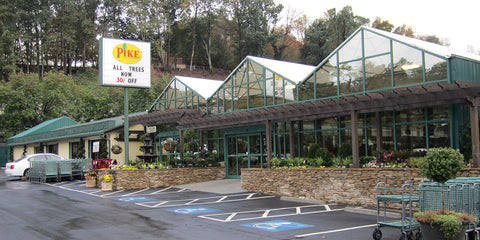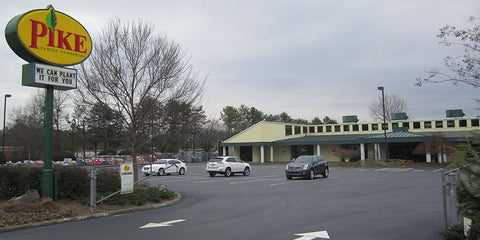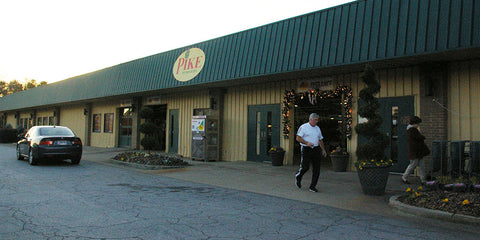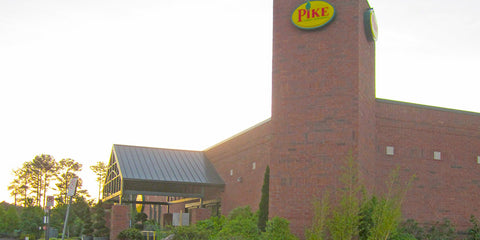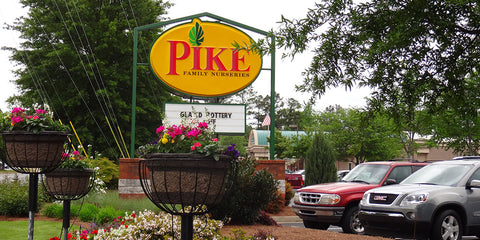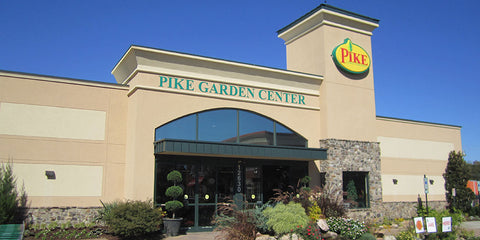Details
Chapel Hill Lantana is a multi-stemmed perennial with a more or less rounded form. Its average texture blends into the landscape, but can be balanced by one or two finer or coarser trees or shrubs for an effective composition.
This is a relatively low maintenance perennial, and should not require much pruning, except when necessary, such as to remove dieback. It is a good choice for attracting butterflies to your yard, but is not particularly attractive to deer who tend to leave it alone in favor of tastier treats. It has no significant negative characteristics.
Chapel Hill Lantana is recommended for the following landscape applications:
- Mass Planting
- Border Edging
- General Garden Use
- Container Planting
- Hanging Baskets
Features
Chapel Hill Lantana features showy cymes of yellow flowers at the ends of the branches from early summer to mid fall. It has green foliage. The fruit is not ornamentally significant.
Care
Planting & Growing
Chapel Hill Lantana will grow to be about 16 to 18 inches tall at maturity, with a spread of 2 to 3 feet. It has a low canopy. It grows at a fast rate, and under ideal conditions can be expected to live for approximately 20 years.
This perennial does best in full sun to partial shade. It is very adaptable to both dry and moist growing conditions, but will not tolerate any standing water. It is considered to be drought-tolerant, and thus makes an ideal choice for xeriscaping or the moisture-conserving landscape. It is not particular as to soil type or pH, and is able to handle environmental salt. It is highly tolerant of urban pollution and will even thrive in inner city environments. This species is not originally from North America, and parts of it are known to be toxic to humans and animals, so care should be exercised in planting it around children and pets. It can be propagated by cuttings.
Chapel Hill Lantana makes a fine choice for the outdoor landscape, but it is also well-suited for use in outdoor containers and hanging baskets. Because of its height, it is often used as a 'thriller' in the 'spiller-thriller-filler' container combination; plant it near the center of the pot, surrounded by smaller plants and those that spill over the edges. It is even sizeable enough that it can be grown alone in a suitable container. Note that when grown in a container, it may not perform exactly as indicated on the tag - this is to be expected. Also note that when growing plants in outdoor containers and baskets, they may require more frequent waterings than they would in the yard or garden.







